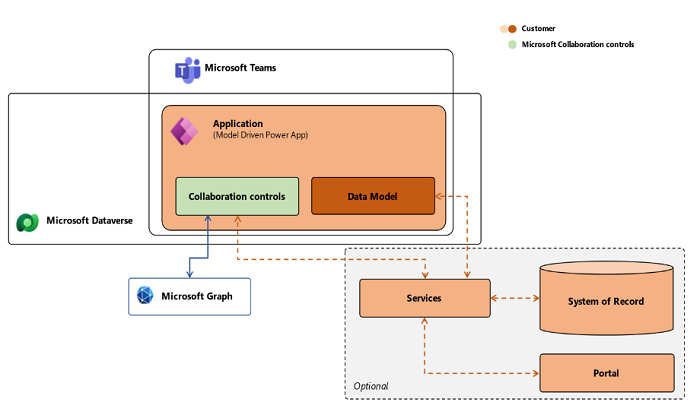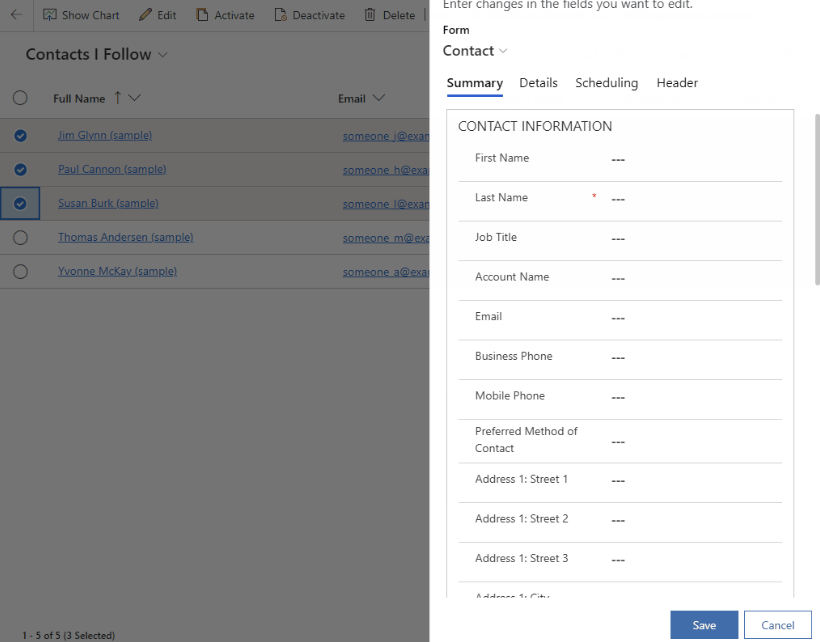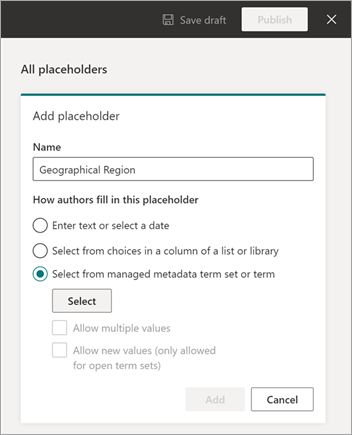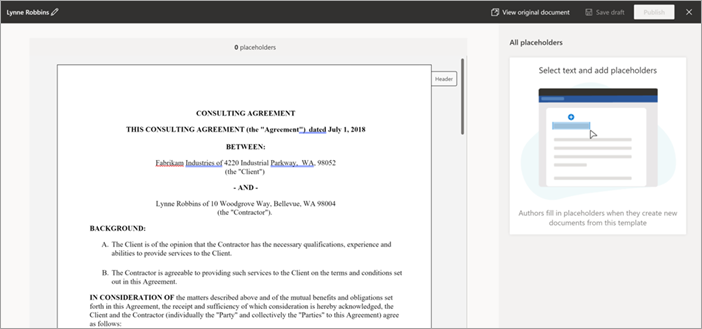What’s New for Microsoft’s Power Platform – August 2022
- Blog
- Power Apps
- Post

September is shaping up to be a month of working smarter and not harder. This month, Microsoft introduced their collaboration applications into model-driven Power Apps as well as inline (bulk) editing. SharePoint Syntex is also utilizing Power Automate to populate Microsoft Word templates, and Power Apps’ error handling is now a developer’s dream come true. Let’s dive into all the new features that landed in Microsoft’s Power Platform in August 2022.
Microsoft 365 collaboration controls in model-driven apps
The evolution of Power Apps’ model-driven apps has been incredible over the course of 2022 – all I can say is WOW. I found the former developer interface to be chunky, clunky, and painful.
Now, I’m excited to see the interface more in line with the canvas app experience. The addition of Microsoft 365 collaboration applications is the “cherry on top”. Seeing these included will certainly make any developer’s day.
You can now create and manage tasks, set up meetings, and even send and store files for approval all within the Teams experience. The collaboration controls are now available in preview.

Bulk editing of model-driven apps
SharePoint users have been spoiled with the grid control experience for about a year or so, and it has finally arrived in the model-driven Power Apps world. With a click of the button, the grid will open the browser for inline (bulk) editing of the records (for those with editing permissions). This eliminates the need for the user to navigate into the form and saves the user precious time.

You can also scroll for miles (unless the app maker turned off this default behavior). Microsoft has more capabilities planned for the grid, so we will all have to wait and see what’s in store.
SharePoint Syntex & Power Automate
SharePoint Syntex is changing the way we work, by leaps and bounds. A SharePoint user can create a Microsoft Word document that is considered a template for their business. A document used often enough that it’s replicated over and over, with a few changes to certain metadata fields. The Word document is saved as a Word Template in SharePoint.
The model creator designates placeholders with the use of the SharePoint term store, the metadata fields, and the choice columns within the library.

Once the template is created, it resides within the SharePoint library, under the +New button. Anyone with access to the library may use the template.

The SharePoint Syntex model, powered by Power Automate, will assemble the document and save it to the library. Additional Power Automate flows can be written to accomplish your business needs, like converting the document to a PDF, emailing the document, sending the document for approval, and routing it through DocuSign or Adobe.
To learn more about SharePoint Syntex Content Assembly models, you can check out Microsoft’s official documentation.
Power Apps problems? Error handling is here
For canvas app developers, error handling is finally here. Yes, you read this correctly, and this is a game-changing feature. Long gone are the days of hunting and pecking for days around your controls and code to figure out where something went wrong. You can create your own error messages, error logs, and alternative paths.
This preview feature needs to be enabled (and subject to change). Error, IfError, IsError, and IsBlankorError are new functions that can help find errors. Oh, I could go on but there is just so much to share that you must simply watch to learn.
There is SO much to cover with this new feature that I explained it in two 20-minute videos. If you’d like to learn to capture, log, or suppress all unhandled errors in your app as well as log your errors, please watch my first video. If you’d like to learn how to apply formula-level management features and patch blank fields, please check my second video.



